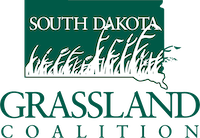New technology is ever evolving
How to incorporate new technology into a ranching operation takes a bit of time and ingenuity. Several producers shared their perspective for this article.
The drawbacks to drone usage are significant. They include cost per usage, user friendliness, distance covered and battery issues. A basic drone with a camera costs $400-$1500 depending on brand and the features available. Dan Rassussen’s Holystone was $300 3-4 years ago. They are still in that range. He’d spend more the next time and get one with a stability feature. He uses his mainly for videos to promote the Grassland Coalition. Jody Brown has a DJI Mavic Pro. It came with four batteries and a sturdy case. It retails for about $1200. He noted that Joe Dickie, the videographer behind the USDA NRCS Amazing Grasslands videos uses the mini version of the same model.

